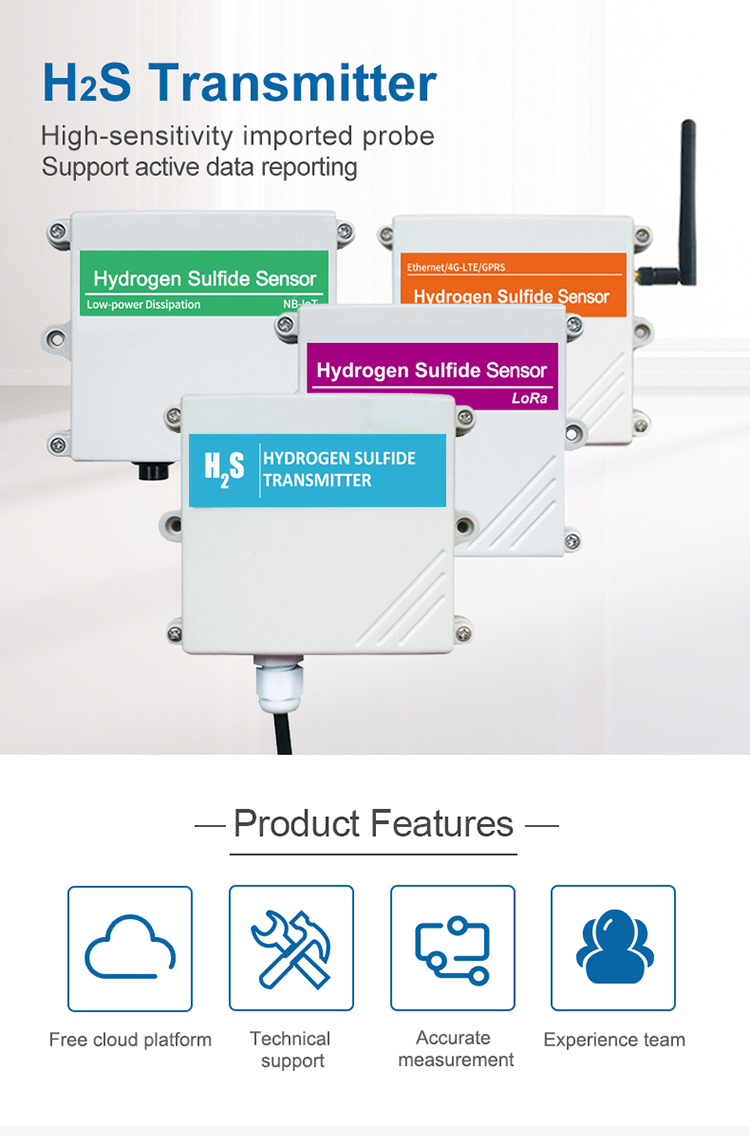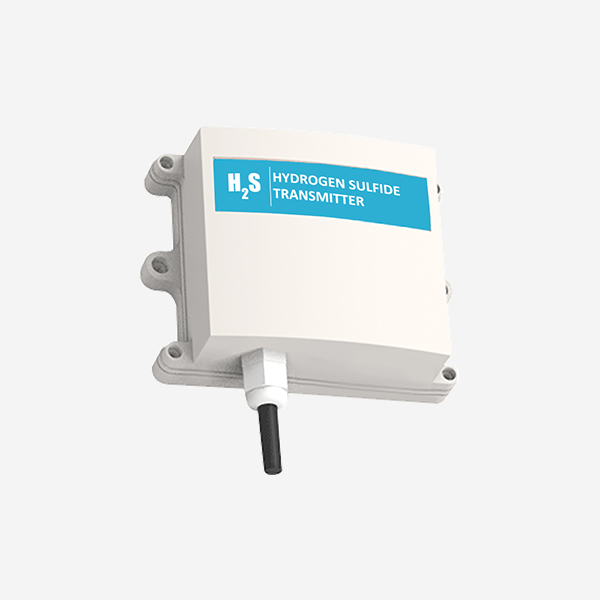The development and utilization of H2S monitor have become essential in monitoring the presence of deadly gas. Hydrogen sulfide (H2S) is a highly toxic gas that poses significant risks to human health and safety, particularly in industrial environments. This article will explore the working principle, applications, and significance of H2S monitors in safeguarding lives and promoting workplace safety.

Working Principle of H2S Monitors
H2S monitor employ advanced technologies to accurately detect and measure the concentration of hydrogen sulfide gas in the surrounding environment. The following steps outline their working principle:
Gas Sensing Technology:
The monitor features a sensor or electrochemical cell specially designed to react to hydrogen sulfide gas. When H2S is present, it undergoes an electrochemical reaction at the sensor’s surface, generating an electrical signal proportional to the H2S concentration.
Signal Conversion:
The electrical signal generated by the sensor is then converted into a readable value by the monitor’s internal circuitry. This value typically represents the parts per million (ppm) level of hydrogen sulfide in the air.
Audible and Visual Alarms:
If the detected H2S concentration exceeds a predetermined threshold, the monitor activates audible alarms, such as sirens or beeps, and visual indicators, such as flashing lights. These alerts warn individuals to evacuate the area immediately and seek fresh air.
Applications of H2S Monitor
H2S monitor find extensive applications in various industries to ensure the safety of workers and prevent potential H2S exposure incidents. Some key applications include:

Oil and Gas Industry: H2S is commonly encountered in oil and gas operations, including drilling, refining, and transportation. H2S monitors are crucial to protecting workers in these environments, enabling them to detect and respond to dangerous levels of this toxic gas.
Chemical Manufacturing:
Chemical plants often generate hydrogen sulfide gas as a byproduct or during specific processes. H2S monitor play a vital role in monitoring the air quality and ensuring the safety of workers in these facilities.
Mining Industry:
Mines, particularly those involved in extracting minerals like coal, sulfur, or copper, can release high concentrations of hydrogen sulfide. H2S monitor are used to continuously monitor the air quality and protect miners from potential exposure.
Waste Treatment Facilities:

Hydrogen sulfide is a common byproduct in wastewater treatment plants and landfills. H2S monitor are employed to detect any leaks or elevated levels of H2S, safeguarding the health and well-being of workers and nearby communities.
The Significance of H2S Monitors
H2S monitor play a crucial role in enhancing workplace safety and mitigating the risks associated with hydrogen sulfide exposure. Their significance can be summarized as follows:
Early Detection:
H2S monitors provide early detection of dangerous levels of hydrogen sulfide. This allows workers to take immediate action, evacuate the area, and seek medical attention if necessary, preventing potential injuries or fatalities.
Compliance with Safety Regulations:
Many jurisdictions have established safety regulations regarding hydrogen sulfide exposure limits in industries where it is present. H2S monitor enable companies to comply with these regulations, ensuring a safe working environment and avoiding legal penalties.
Risk Mitigation:
By continuously monitoring H2S levels, these monitors help identify areas prone to high levels of hydrogen sulfide. At the same time, the company can implement the necessary security measures. For example, improve ventilation, thereby reducing risks and protecting workers.
Training and Awareness:
The presence of H2S monitor raises awareness among workers about the dangers associated with hydrogen sulfide gas. It prompts companies to provide appropriate training on H2S safety, promoting a culture of safety and preparedness.
Conclusion:
In industries where the risk of hydrogen sulfide gas is high, H2S monitors have become an indispensable tool. They can detect the presence of toxic gases . This improves workplace safety and saves lives. By integrating H2S monitors into security protocols, companies can create a safer work environment. In modern industrial environments, H2S monitors play an important role in protecting lives and promoting workplace safety.
